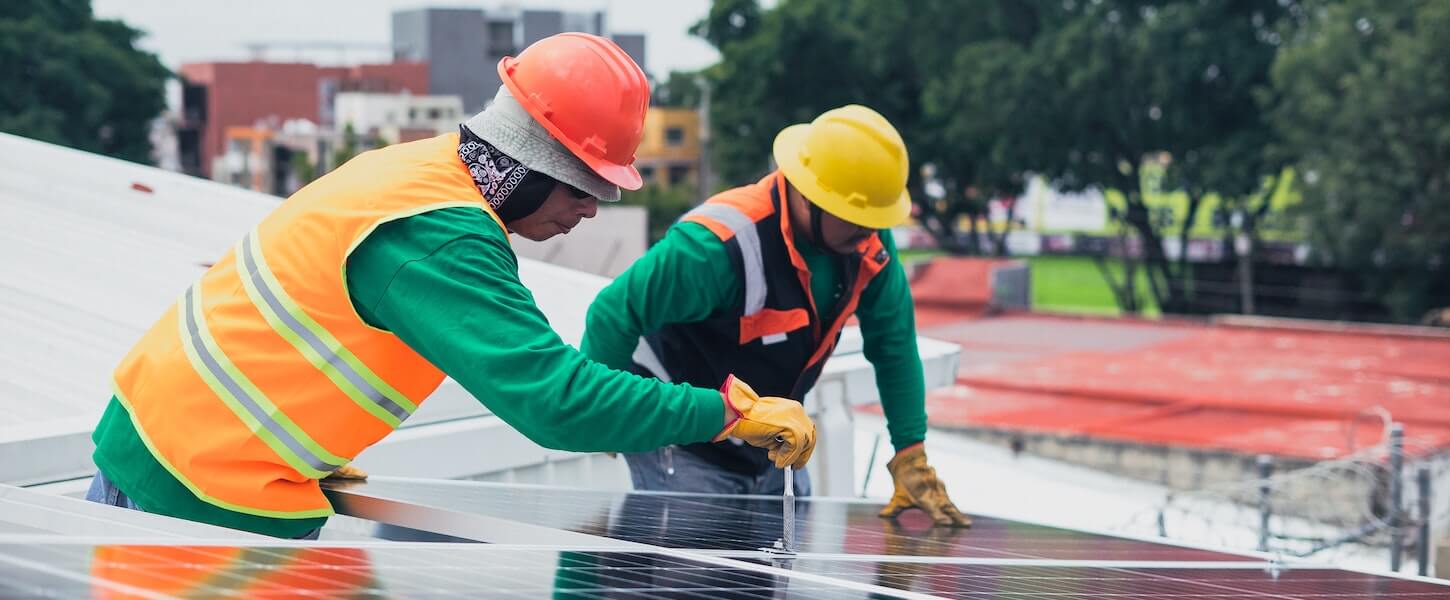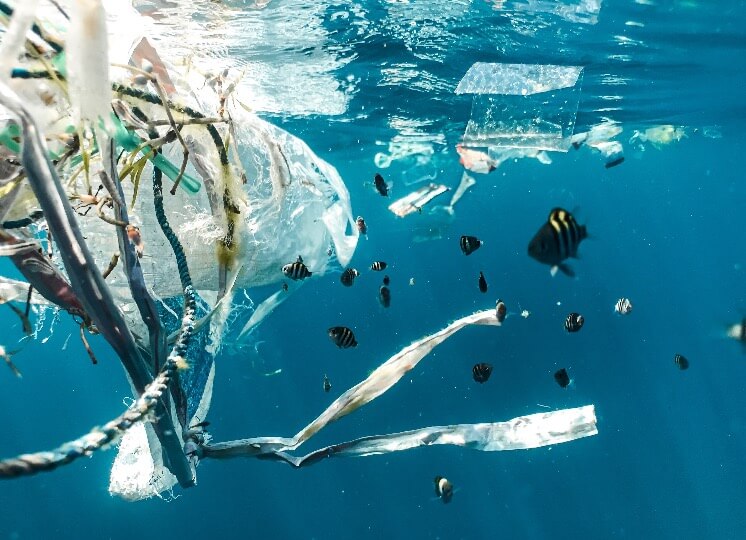The Details
If you’ve been looking for an environmental victory, here is it! The Inflation Reduction Act (IRA), recently signed by President Joe Biden, is the most extensive environmental action bill in the history of the United States. The bill will invest $369 billion (yup, with a b) towards environmental action and climate solutions, aiming to bring the United States to reduce emissions by 40% by 2030. Let's take a closer look at what's included in the Inflation Reduction Act, and what it means for the planet.
Is the Inflation Reduction Act About Environmental Action?
While the bill isn’t *just* about climate change - it also outlines funding for healthcare, prescription drug reform, and corporate tax guidelines - the Inflation Reduction Act broadly addresses climate initiatives. The sweeping law outlines many measures to protect the environment, from funding clean energy and promoting domestic solar panel manufacturing.
Clean Energy & Electric Vehicles
Transportation is the most significant contributor to U.S. greenhouse gas emissions. The IRA tackles this head-on by extending and expanding tax incentives for electric vehicles and making clean energy more accessible in various ways.
Electric Vehicles
-Incentivize consumers with tax credits to switch to electric vehicles, thus reducing gas emissions.
-With the IRA in place, buyers will get $7,500 per new electric vehicle and about $4,000 for a used electric vehicle until 2032.
-Investing upwards of $3 billion for the U.S. Postal Service to switch 217,000 vehicles to electric, drastically reducing emissions from the largest fleet of government vehicles.
-Providing $1 billion in funding for electric school and city buses, garbage trucks, and other heavy-duty vehicles.
Clean Energy
-Numerous tax breaks to reduce the cost of solar and wind energy systems, batteries, heat pumps, and electric HVAC systems to reduce dependence on fossil fuels.
-Extending tax credits another ten years for clean energy companies to produce more solar, wind, and batteries on the grid.
-Investing in a $9 billion home energy rebate program to electrify home appliances, especially in low-income areas
-Providing $1 billion to make public housing more energy efficient
-Putting $3 billion towards zero-emissions technology in port areas to reduce air pollution
-$60 billion in tax credits and funding for domestic production of solar panels, wind turbines, and electric vehicle production facilities to provide more U.S. jobs in clean energy.

Methane Gas
In addition to tackling transportation and energy, the IRA aims to alleviate another heavy environmental burden: methane. Methane gas is incredibly potent - 86x more powerful than carbon - and often leaks during gas and oil production.
The IRA will enforce limits on methane leakage in big industries like oil and gas. Oil and gas companies will be fined for leaking too much methane, which will compound over time resulting in more significant fines. New royalties on methane extraction will also be implemented to halt methane production. The Environmental Protection Agency (EPA) will be granted additional funding as outlined in the IRA to monitor methane leakage more closely.
Environmental Justice
Historically, low-income communities, and communities of color have borne the brunt of the climate crisis. Pollution is often dumped in these communities, affecting air and water quality, while clean energy is considered a luxury for the rich. The IRA aims to reduce this inequality by funding large-scale changes in these communities:
-Provide $315.5 million for air quality monitoring, especially near schools and communities adjacent to pollution-creating industries
-Investing $3 billion for environmental impact projects in communities disproportionately affected by pollution and climate change
-Reinstating the Superfund Tax so that companies must clean up pollution caused by their production - rather than holding the community responsible.
Agriculture & Forestry
Farming plays a critical role in climate change, and it’s agriculture that often feels the impact of climate change. To combat this, the IRA puts several measures in place to boost environmentally-conscious farming practices. In addition, the act funds efforts to protect our forests and wildlands.
-Providing over $20 billion to shift farming towards sustainable practices like crop rotation and cover crops, increasing moisture retention, and reducing soil erosion.
-Fund $300 million in research on the impact of agriculture on climate change
-$5 billion in grants will be provided to create more fire-resilient forests in areas of extreme weather, as well as forest conservation efforts and tree planting across the US. $50 million will be put towards protecting existing forests.
-Funding for drought resilience in the western United States
-Coastal resilience grants and projects totaling $2.6 billion will help to restore and protect coastal environments and communities





